
A supernova discovered Feb. 6 exploded about 450 million years ago, said Farley Ferrante, a graduate student at Southern Methodist University, Dallas, who made the initial observation.
The exploding star is in a relatively empty portion of the sky labeled "anonymous" in the faint constellation Canes Venatici. Home to a handful of galaxies, Canes Venatici is near the constellation Ursa Major, best known for the Big Dipper.
A second supernova discovered Nov. 20 exploded about 230 million years ago, said Ferrante, who made the initial observation. That exploding star is in one of the many galaxies of the Virgo constellation.
Both supernovae were spotted with the Robotic Optical Transient Search Experiment's robotic telescope ROTSE3b, which is now operated by SMU graduate students. ROTSE3b is at the McDonald Observatory in the Davis Mountains of West Texas near Fort Davis.
The supernova that exploded about 450 million years ago is officially designated Supernova 2013X. It occurred when life on Earth consisted of creatures in the seas and oceans and along coastlines. Following naming conventions for supernova, Supernova 2013X was nicknamed "Everest" by Govinda Dhungana, an SMU graduate student who participated in the discovery.
The supernova that exploded about 230 million years ago is officially designated Supernova 2012ha. The light from that explosion has been en route to Earth since the Triassic geologic period, when dinosaurs roamed the planet. "That's fairly recent as these explosions go," Ferrante said. Dhungana gave the nickname "Sherpa" to Supernova 2012ha.
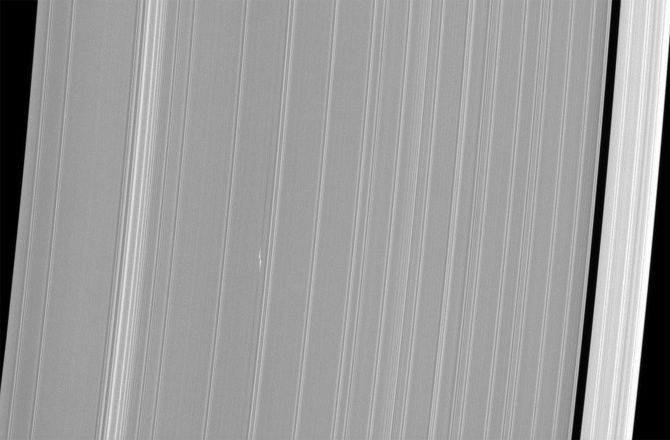
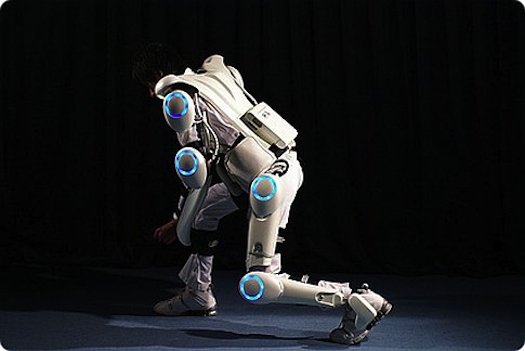

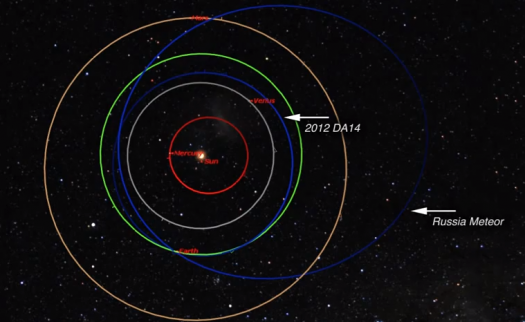
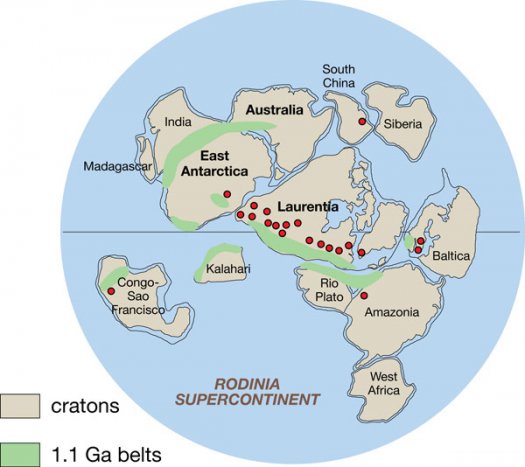
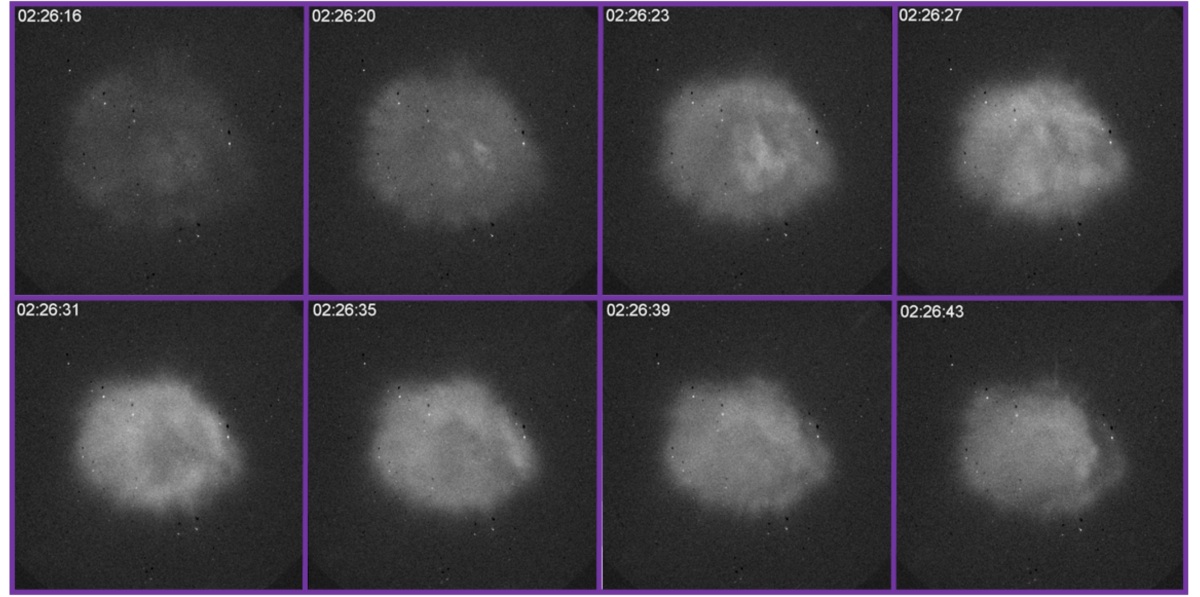

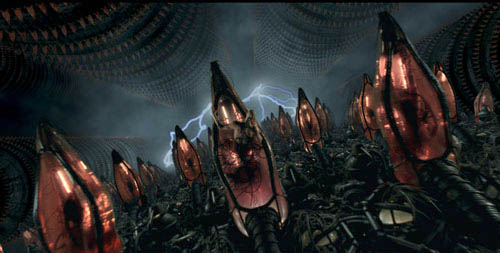
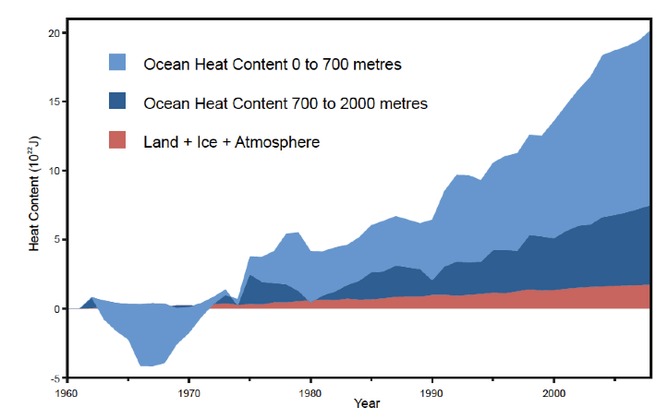



Comment: It appears the authors are trying to argue that the advent of modern diets and medicine has improved life expectancy and health, but this may be far from the truth.
The Worst Mistake in the History of the Human Race
The Devastating Effects of Agriculture: We're Getting Shorter NOT Taller and Our Brains are Shrinking, So is Farming to Blame?
Historical Data Shows Vaccines are Not what Saved Us